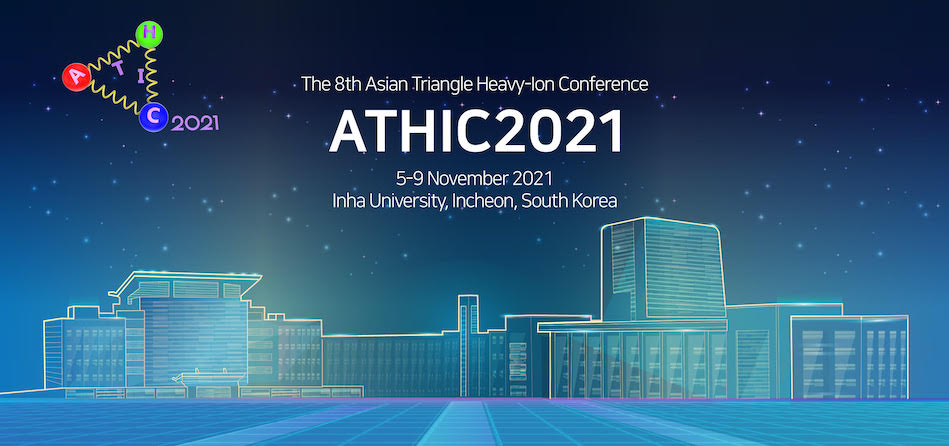Speaker
Description
The interaction between hyperon-hyperon (Y-Y) is not well understood theoretically and experimentally.
The Y-Y interaction is important to understand the EOS of neutron star interior as well as to search for exotic hadrons such as H-dibaryon.
The H-dibaryon was proposed as a stable six-quark state resulting from combination of two $¥Lambda$ hyperons. According to the lattice QCD calculation¥cite{QCD}, H-dibaryon could be in a deeply bound state or in a shallow bound state, or two $¥Lambda$ hyperons have weak unbound attractive interaction, depending on quark mass. On the other hand, the observation of double hypernuclei¥cite{takahashi} suggests that they are not in a deeply bound state, although more experimental inputs are need to clarify the nature of possible H-dibaryon state.
It is also discussed that there exists a bound state of two $¥Xi$.
In high-energy heavy-ion collisions, a large number of particles including (multi-)strangeness are produced, which allows us to study those interactions via femtoscopic measurements with better precision. The correlation function is affected by strong interaction, quantum statistics and Coulomb interaction in low relative momentum.
In this talk, the status of measurements of $¥Lambda$-$¥Lambda$ and $¥Xi$-$¥Xi$ correlation functions in Au+Au collisions at $¥sqrt{{s_{¥rm{NN}}}}$ = 200 {¥rm GeV} at RHIC-STAR will be reported.
[1] T. Inoue {¥it{et al}}.(HAL QCD Collaboration), Nucl. Phys. A881, 28 (2012)
[1] H. Takahashi {¥it{et al}}., Phys. Rev. Lett. 87, 212502 (2001)
